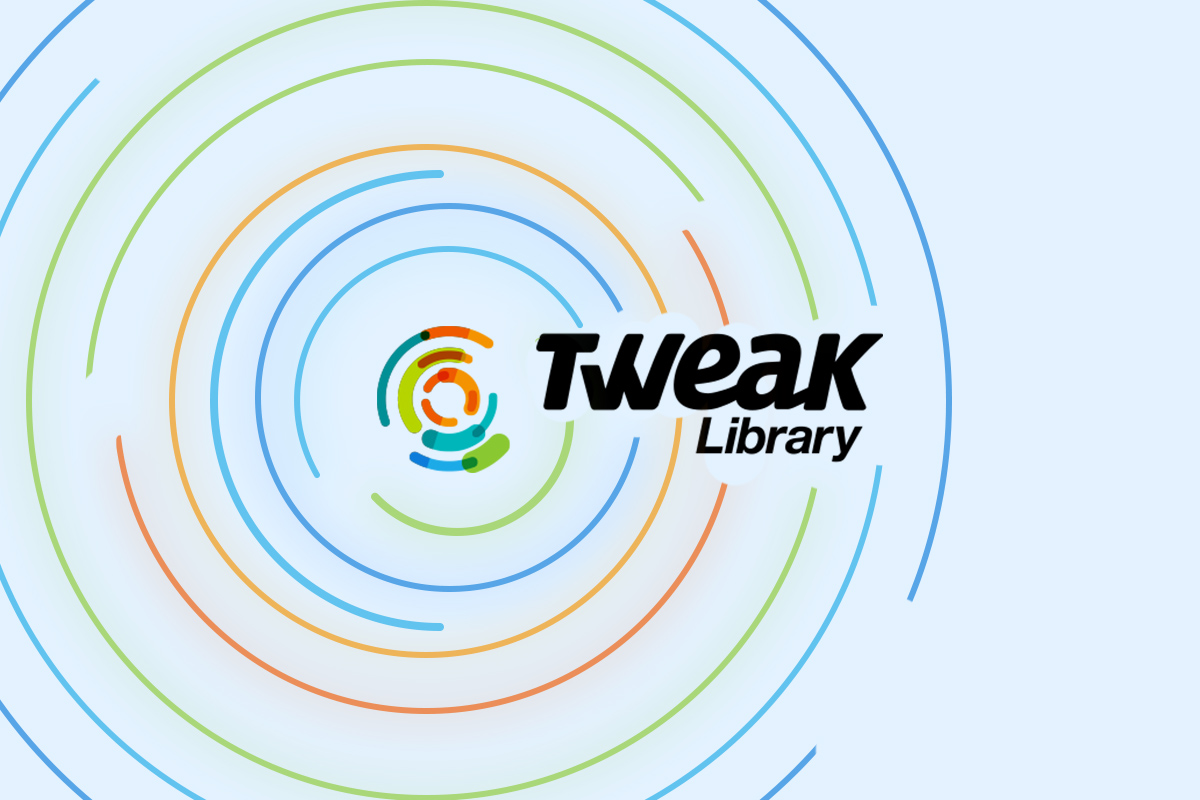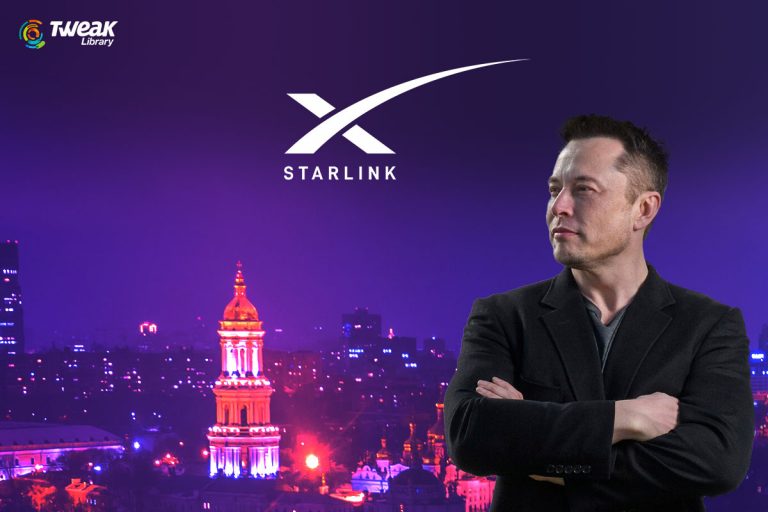It is possible that many computer users may not have heard of OEM products. It is only when the user wants to replace a damaged computer component, the shopkeeper wants to know whether a OEM component is required as he also stores retail products. Some component buyers do not even know about this distinction, and they make wrong decisions and regret it later. They go for an OEM component originally and return with a retail version.
The craze for online shopping has made OEM products more common.
OEM is the short form for Original Equipment Manufacturer. An OEM product is manufactured and sometimes developed by a company, but, that product is sold by another company. That product may be a hardware or a software.
When you intend to purchase a branded laptop, you may find that its components have been manufactured by several different companies.
However, it becomes useful when you go for upgrading or replacing a computer component. It ensures that you get the component as close to as your original product’s hardware specifications.

Also Read : Is Gmail Third Party Apps Breaching Your Privacy
OEM Product and Retail Product
Normally, an OEM product is sold to system assemblers and retailers with fully assembled PC. They are mostly sold in bigger lots to reduce the costs of component integration. The OEM component does not have the retail packaging. The OEM version includes only the hard drive with no other item.
It means that OEM version does not have the cables, software or the required installation instructions and warranty card that accompanies the retail version and that is very important for the purchaser. Thus, the reduced items and the packaging reduce the cost of the OEM components and that makes the huge difference.
Another big difference is how warranties and returns are dealt with. Most retail products come with well-defined terms for service and support, in case buyers face any trouble with the product. OEM products may have different warranties and limited support as they’re supposed to be sold as part of a package via a legitimate retailer. That means, the retailer must handle all service and support for the component. Also, if you are assembling a computer system, then the retailer’s package becomes a huge advantage.

Sometimes, the purchaser is not able to differentiate between an OEM and retail product. The problem comes when the web prices are checked. The product’s technical description as well as items like packaging and warranty can provide sure clues.
OEM Software

Software can also be purchased as OEM like hardware, but it comes as a bundle with the computer system. This software includes operating systems, different utilities and office suites. They are already installed in the computer system before it is sold. Some retailers permit software purchase with the additional purchase of hardware, but, the user must make a thorough check the software before he/she makes a purchase. The software may be a pirated one. Microsoft has become more relaxed with restrictions on purchasing their OEM OS and do not require purchase of hardware. They also changed licensing terms and support for OEM software.
Must read : 5 Ways To Identify And Remove Malicious Emails
Conclusion
The product is same whether it is an OEM or retail. The only difference comes in the extra items and warranties. It depends on the purchaser whether he/she wants reduced costing or the extra items and warranties with peace of mind.




Leave a Reply